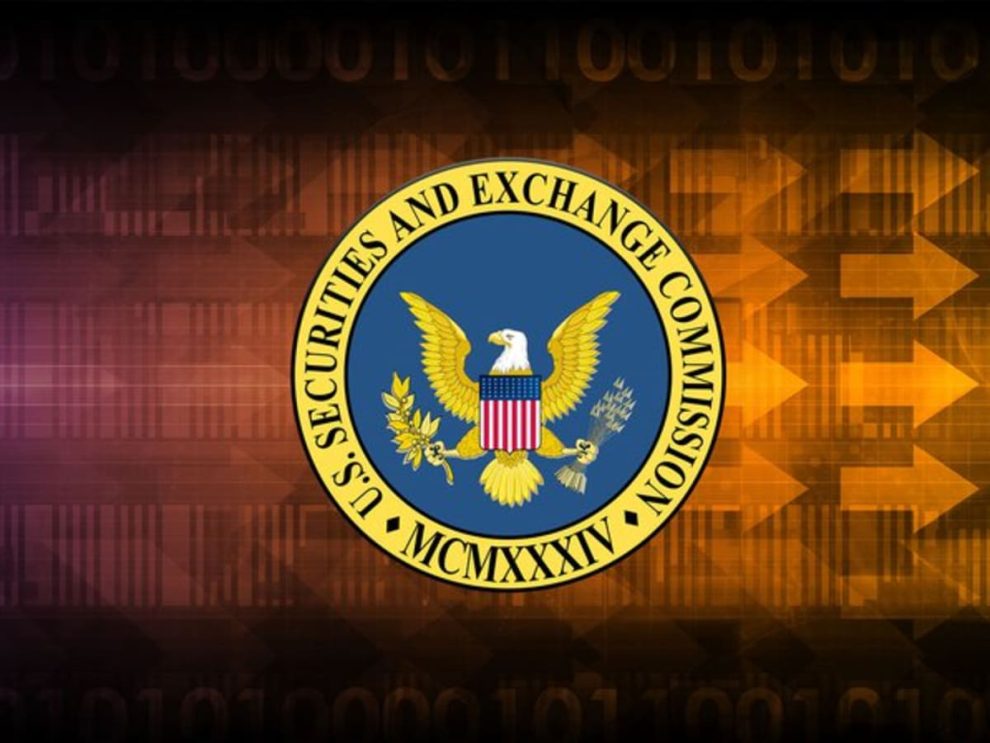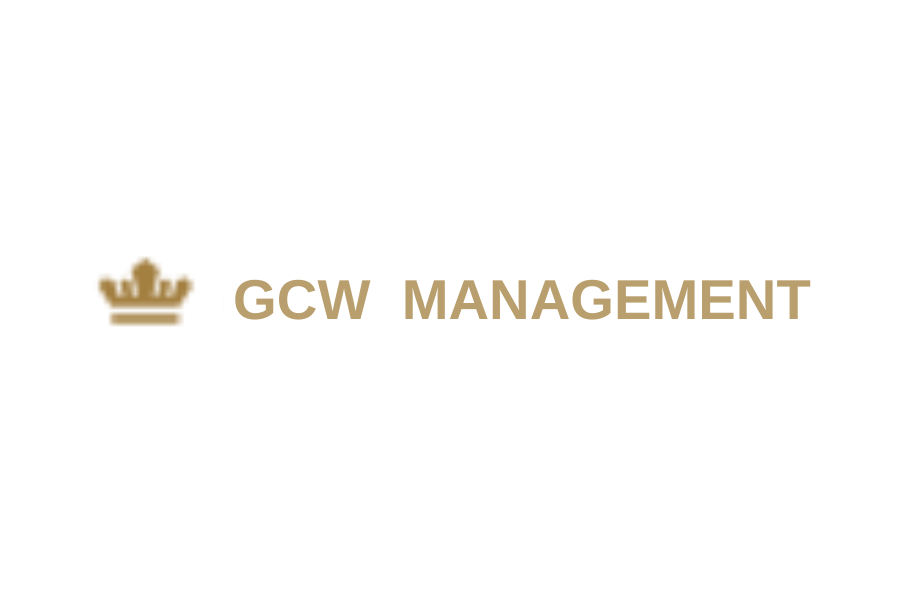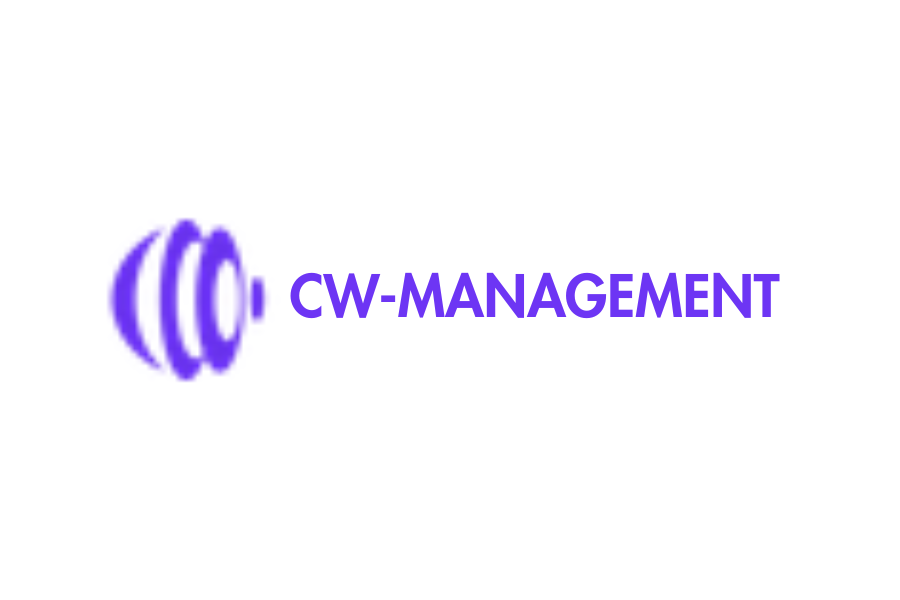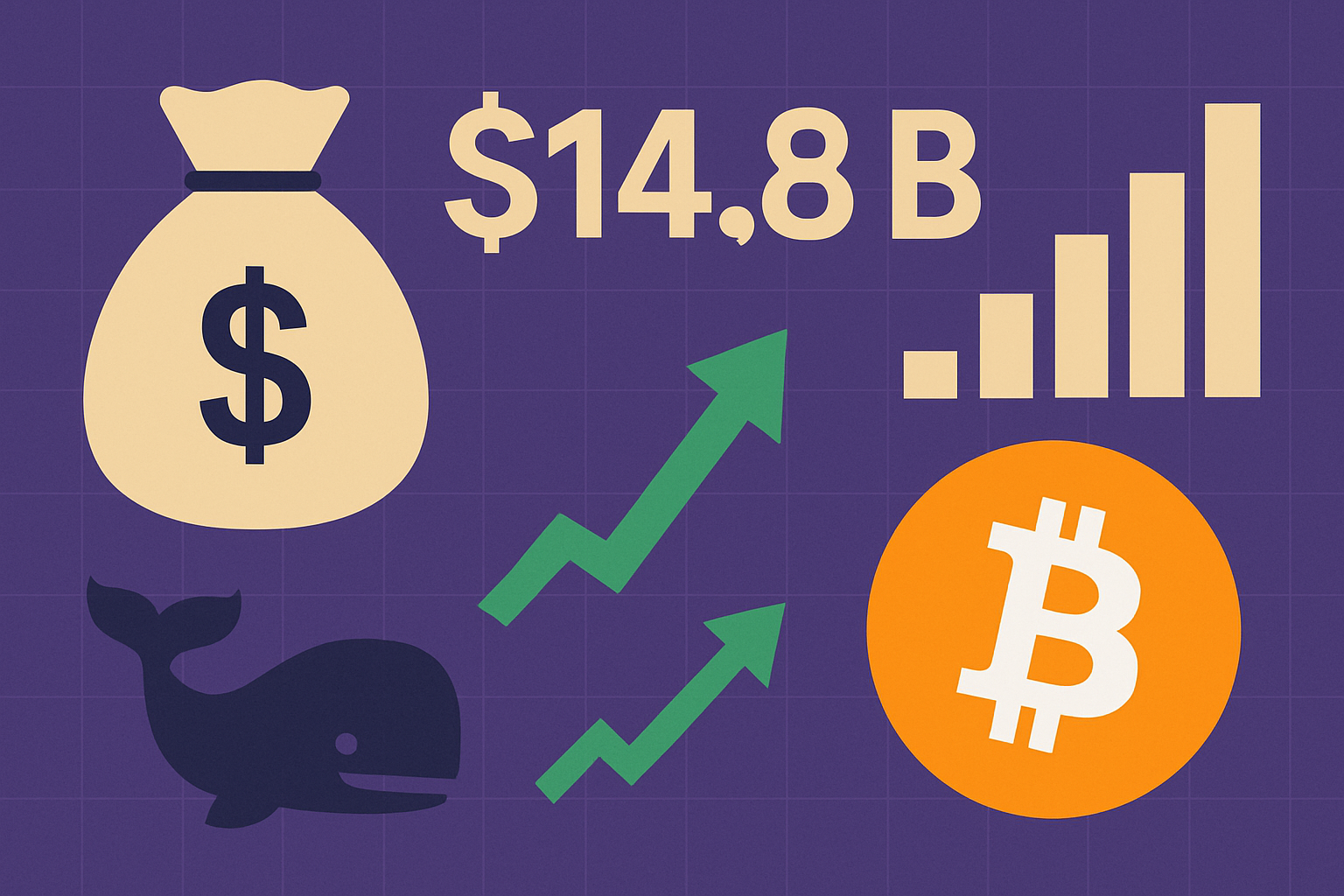In a significant move, the U.S. Securities and Exchange Commission (SEC) has released a comprehensive set of guidelines aimed at regulating Initial Coin Offerings (ICOs). This development marks a pivotal moment in the evolving world of digital assets, as it underscores the SEC’s commitment to investor protection and the maturation of the cryptocurrency space.
Regulatory Clarity in an Evolving Landscape
The guidelines issued by the SEC provide much-needed regulatory clarity in a landscape that has been plagued by uncertainties and legal ambiguities. Over the past few years, the rapid rise of ICOs, which allow startups to raise funds through the issuance of tokens, has brought innovation but also attracted numerous fraudulent projects.
The new guidelines by the SEC emphasize several key points:
1. Token Classification: The SEC has provided detailed guidance on how tokens issued through ICOs will be classified. Tokens will be categorized as securities if they meet certain criteria, bringing them under the purview of existing securities laws.
2. Compliance and Disclosure: ICO projects are now required to adhere to rigorous compliance standards, including the filing of extensive disclosures. This transparency is aimed at protecting investors and ensuring they have access to crucial information.
3. Regulatory Oversight: The SEC will exercise increased oversight and scrutiny over ICOs. Regulatory penalties will be imposed on projects that fail to comply with the new guidelines.
4. Investor Protection: A central focus of these guidelines is the protection of investors. The SEC is taking steps to ensure that investors in ICOs are equipped with the necessary safeguards against fraudulent projects.
The Impact on the Crypto Space
The SEC’s latest move will undoubtedly have far-reaching implications for the cryptocurrency and blockchain industries. Some of these potential impacts include:
1. Market Maturity: The guidelines reflect the maturation of the cryptocurrency market. Regulatory clarity is expected to attract more institutional investors and traditional financial institutions to the space.
2. Increased Confidence: Investors may feel more confident participating in ICOs, knowing that the SEC is actively working to protect their interests. This could lead to a healthier and more stable investment environment.
3. Deterrence of Fraud: The threat of regulatory penalties is expected to act as a significant deterrent to fraudulent ICOs. This should lead to a reduction in scam projects that have plagued the space.
4. Legal Compliance: ICO projects will need to ensure strict legal compliance, possibly leading to more professional and diligent approaches to fundraising.
Global Ramifications
While these guidelines pertain to the United States, the global cryptocurrency market is closely interconnected. ICO projects that aim to raise funds from U.S. investors will need to adapt to these regulations. This could set a precedent for other countries to follow suit in implementing similar measures.
Challenges Ahead
The implementation of these regulations, while promising, is not without challenges. The SEC must strike a balance between providing a clear legal framework and stifling innovation in the cryptocurrency space. Striking this balance will be crucial in ensuring that legitimate projects continue to thrive while fraudulent ones are effectively deterred.
In conclusion, the SEC’s issuance of comprehensive guidelines for ICOs represents a significant milestone in the ongoing evolution of the cryptocurrency market. Regulatory clarity, investor protection, and the deterrence of fraudulent projects are central to this development. As the cryptocurrency space continues to mature and adapt to these regulations, investors and industry stakeholders will be closely watching for the broader impact of this significant regulatory shift.













